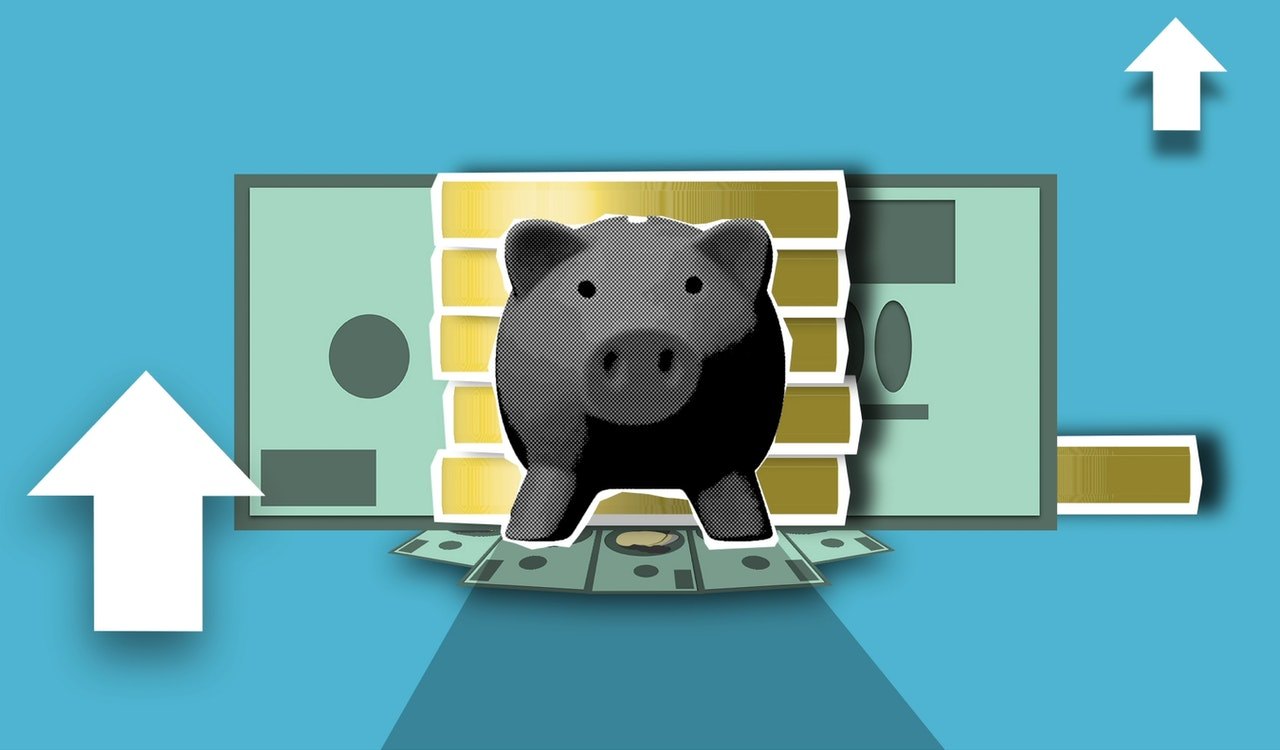Parents who want to prepare their children for the future look at creating a Child Trust Fund (CTF) to make sure their financial needs are covered when the time comes. It is a way to ensure their kids’ future which can help in different pursuits such as education and independence.
This type of fund lets parents funnel a portion of their earnings toward their child’s fund. It is a manageable way for parents to build a sort of financial gift for their kids. It can help them jumpstart their life once they reach legal age.
Individuals who are thinking of setting up this fund should be fully informed as to what it means and how to handle it. This article will talk about essential information on CTF.
About Child Trust Funds
The first question that may come to mind is this: What exactly is a CTF? The short answer is it is a savings account parents can open for their children. It is an easy way to build a financial reserve for kids without worrying about taxes.

Any income or profit made on the CTF is non-taxable, so any taxation rates do not cover it. Because of this, parents can rest assured that their benefits or tax credits will not be affected by the setting up or the existence of a CTF.
Parents also do not need to worry about setting it up a trust as soon as their child is born because this account is for long-term keeping. This is ideal as one of this account’s main purposes to help kids understand the value of saving.
Given this, the account’s entire amount belongs to the child, which is the account holder. The parents who set up the account are the registered contacts responsible for managing it until the child takes control.
Responsibilities of a Registered Contact
As the registered contact, a parent will need to indicate the type of account. Will it contain cash? Will the cash be invested in stocks and shares? They are also expected to change the type of account should such modifications occur.
The registered contact’s responsibility is to instruct the account provider regarding how to run the fund. Running the fund includes investing the money in order for it to grow. Overall, they decide how to run it until the owner can take control.
They are also expected to make necessary changes to the account, especially with regard to details, including contact and personal information. They are also in charge of moving the account to another provider or from one account to another if necessary.
Qualifying for a CTF
Qualifications for a Child Trust Fund are important, as they will dictate whether the owner-to-be is eligible to have their own trust.

The first thing to take note of is the birth date of the child in question. Only those who were born between September 1, 2002, and January 2, 2011, are eligible for a trust fund in the United Kingdom. This means that any child born recently will not be able to have a CTF.
Owners will only be able to access their accounts once they turn 18 years old. Given this, the first CTFs had matured back in September 2020, while the last ones will mature in 2029, depending on what month they were set up.
Children who are under the care of local authorities also have CTFs, established on their behalf. This is run and managed by the Share Foundation, which is the registered contact for such accounts.
Going the Junior ISA Route
Because only those born within the qualified dates are eligible for a CTF, parents who want to open a trust fund for their kids born after the qualified dates are facing disappointment. However, they have another option, which is the Junior Individual Savings Account (ISA).
Like CTFs, Junior ISA’s are long-term, and tax-free savings accounts for kids. Any child under 18 years of age and living in the UK are welcome to apply. However, those who live outside the UK can also get their own, given that they satisfy the requirements.
Requirements for non-UK residents include being a Crown servant, that is, serving in the armed forces, as a diplomat, as an overseas civil service, and others. Moreover, individuals who take care of Crown servants are also eligible.
Managing a Child Trust Fund
One of the most important details of managing their child’s CTF is the amount they can deposit into the account for parents. Generally, they can add up to GBP 9,000 every year. The savings limit for Junior ISAs for the 2020 to 2021 tax year is GBP 9,000.

Aside from the responsibilities parents are expected to perform as registered contacts, they are also tasked with doing some decision-making. Parents can choose to relinquish their role as a registered contact, provided that they transfer the title to someone else.
This person should have parental responsibility to the child. People who are qualified as such include another parent, step-parent, and legal guardian. It is important to note that both parties should agree to this change.
Taking Over the CTF
The registered contact will be managing the fund until the child takes over. As mentioned, the child will be taking control of the trust once they reach 18 years of age. Upon maturity, the owner can cash in the fund or transfer it to an adult ISA.
However, it is important to remember the child below 18 years old can take control of their account. Owners who reach 16 years old can contact the account provider to take over the account. They can also decide to let the registered contact run it until maturity.
Once mature, the holder can talk to their CTF provider to get advice on how to move forward. Their provider can suggest moving it to an ISA, another type of savings account, or into an investment account.
How to Withdraw from a Child Trust Fund
When the fund matures, the account holder can get a hold of their fund by getting in touch with the CTF provider. Only the child can withdraw the money, so it may be necessary to present documents showing proof of ownership.

This is where the registered contact’s responsibility comes in handy. They are expected to keep important paperwork, including the holder’s Unique Reference Number found in the annual CTF statement. Account statements should also be filed for later.
Moreover, details of the account and the CTF provider should also be kept and made known to the holder. By presenting such documents, holders can withdraw their money. Keep in mind that more requirements may be needed in order to gain access to the account.
Withdraw Exceptions
It is important to remember that the child is the owner of the account; hence, they are the only ones authorized to access their fund. However, there are circumstances in which the registered contact can withdraw the money.
One of these instances is if the owner is terminally ill. Parents of children diagnosed with terminal illnesses can take some cash out of the account. Should they pass away, the account will be passed on to the inheritor of the estate.
In these situations, parents should file a filled-out terminal illness early access form to inform the diagnosis’s HM Revenue and Customers. It also lets the HMRC know of parents’ intention to take the money out.
Failure to Withdraw Immediately
With anything that has to do with finance, many people dread being late to address the situation. In the case of CTFs, account holders do not have to worry about failing to get in touch with their provider the moment they reach 18 years old.

When this happens, the money will be taken into a protected account, which will hold the cash until the holder gets in touch. The money will remain to be tax-free. Just remember that terms and conditions agreed upon before maturity will still apply.
Lost CTF Account Details
If the holder does not have the details needed to access the account, they can also get in touch with HMRC by filling out the Find Child Trust Form. The form requires the person’s National Insurance number before they can access it.
A Government Gateway user ID is also required to access the form. Those who do not know their National Insurance number or do not yet have a Government Gateway user ID are required to contact the helpline for assistance.
Conclusion
Setting up a Child Trust Fund is a great way to secure a child’s future. Knowing how much to contribute and what to do upon maturity of the fund, holders can easily access the trust with minimal issues.
With this Child Trust Fund set up, you can rest assured that your child’s future will be taken care of.
